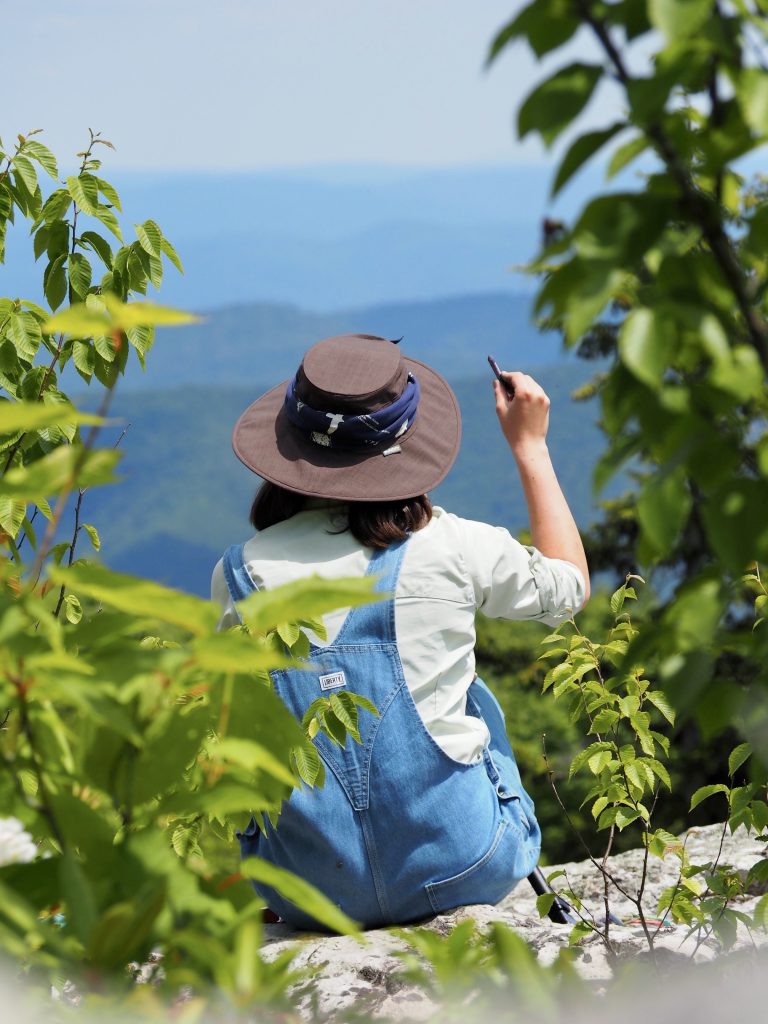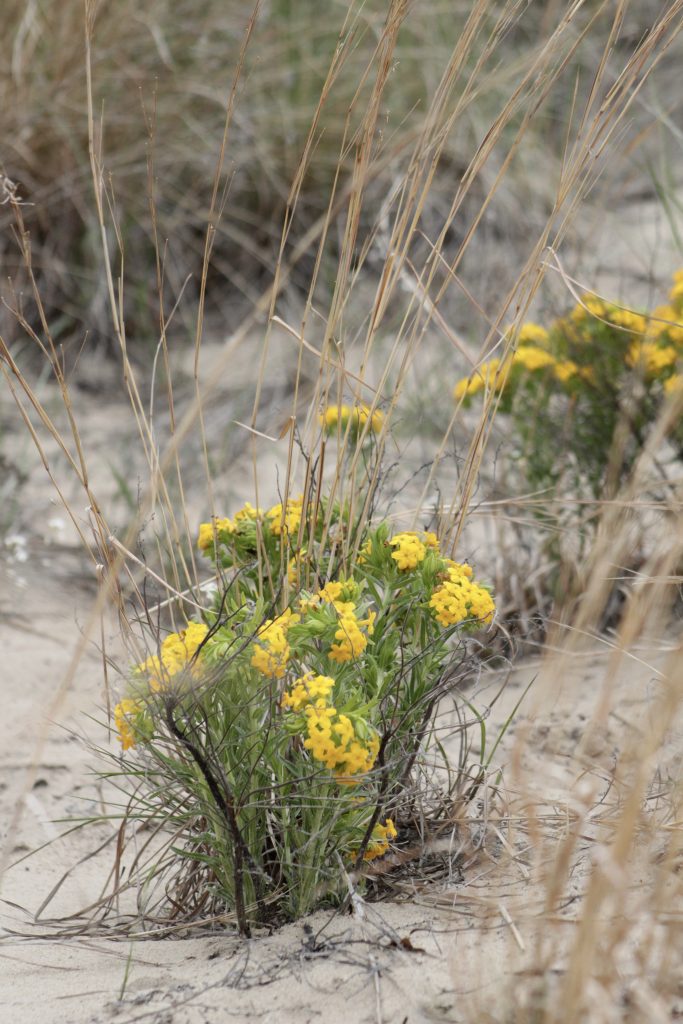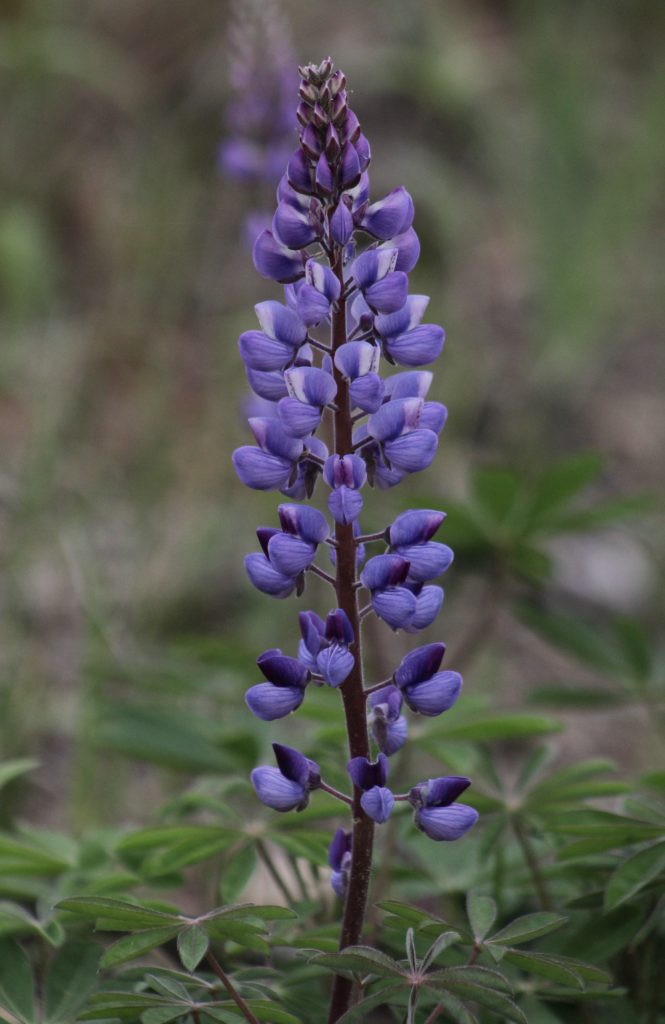Hello botany buddies! My name is Anna…
I am a third-year student in the School of Environment and Natural Resources (SENR) as a Forestry, Fisheries, and Wildlife Major (FFW). I am also hoping to minor in Studio Art! I have never taken a botany class before, but I am certainly a plant enthusiast! I have been vegetable gardening since I was a young girl, and my family and I began a native plants garden a few years back. I also travel a lot for birdwatching and plein air painting, and I enjoy identifying and photographing plants along the way!
Despite my love for plants, my primary research interests lie in birds. I am currently working on an undergraduate project with Dr. Chris Tonra, Assistant Professor of Avian Wildlife Ecology in SENR, on the survival of local songbirds during the winter months. I am also also actively honing my skills as a wildlife and landscape artist. In the first picture below, you can see me overlooking the Appalachians as I paint the landscape in oil pastel. Wouldn’t it be cool for me to try my hand at botanical illustration for this class?
My coat of arms, is reminiscent of my goals and personality. In the bottom left hand corner, it shows that my hometown is right here in Columbus, Ohio where I lived on an acre plot filled with gardens and poultry! My quote about learning also shows just how enthusiastic I am about learning new things. I see hummingbirds also as a symbol of vitality which I recognize as a positive trait in myself. They also buzz from plant to plant in order to obtain nectar (which I will be doing in order to identify them this semester!).

Plein Air Painting in Dolly Sods, West Virginia
This summer, I got to see some awesome plants during my travels. The Indiana Dunes State Park, about an hour east of Chicago, was my favorite place to find cool wildflowers. I attached a few pictures below:

Hoary Puccoon (Lithospermum canescens) in bloom at the Indiana Dunes State Park, Indiana. May 2021. A plant I didn’t expect to find!

Wild Lupine (Lupinus perennis) also at the Indiana Dunes State Park. May 2021. It can be distinguished from the Garden Lupine (L. polyphyllus) by counting the number of palmate leaflets. It prefers its habitat to be dry sandy woods and banks (Newcomb, pp. 66) One of my favorites!
